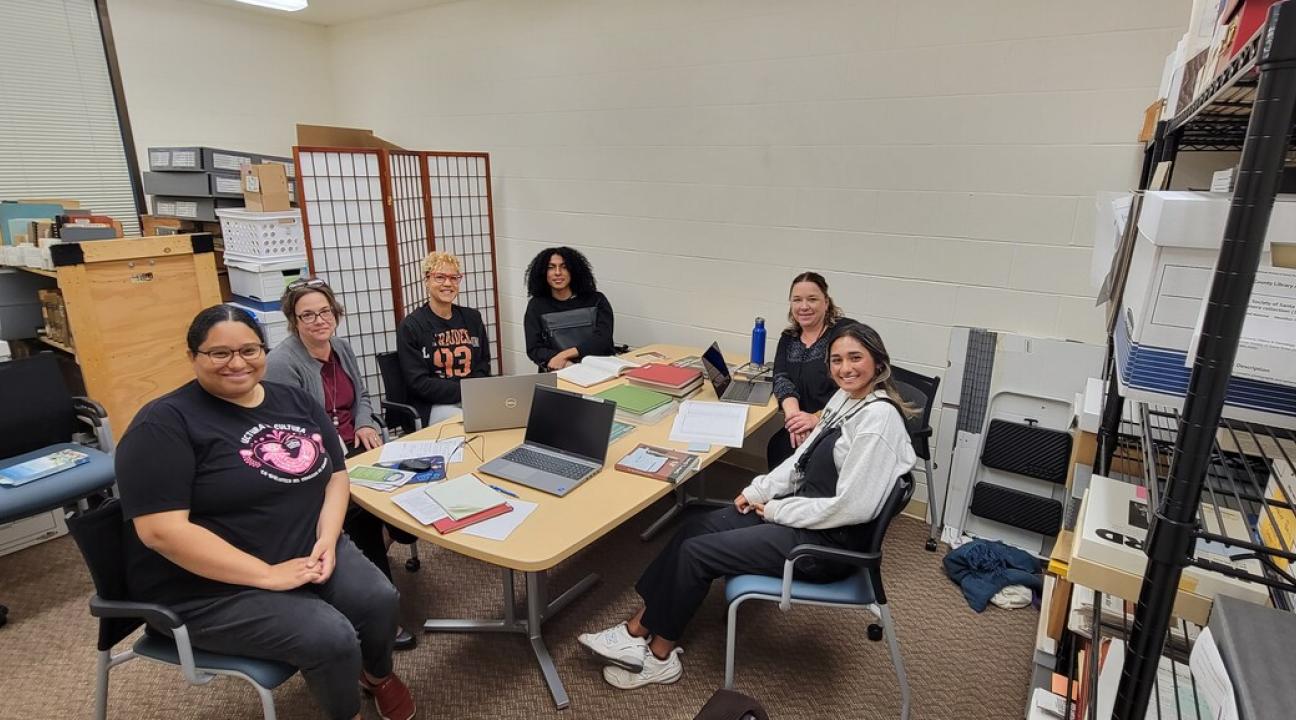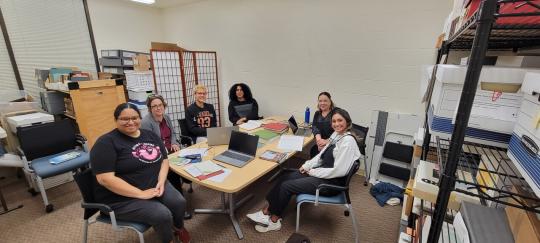History of Enslavement in Sonoma County
I am proud to announce the official launch of the Sonoma County Slavery Historical Research Project. This is a partnership of Santa Rosa-Sonoma County NAACP and Sonoma State University Department of History and the Center for Community Engagement. The project is supported by the Sonoma State University School of Social Sciences, the Sonoma County History and Genealogy Library, and other County of Sonoma offices and services. The project turns a focused lens on the Sonoma County Archives, pursuing the history of enslavement in Sonoma County.
Honesty is a prerequisite for justice. This is why I have been pursuing research into Sonoma County’s enslavement history since 2015. The California State Reparations Task Force is engaged in the task of addressing the generational impacts of slavery at the state level. Locally, transparency around Sonoma County’s own slavery history, its links to the Confederacy, and the story of how forced and exploited labor informed the building of its wealth, is necessary and long overdue. As the 2nd Vice President of the Santa Rosa-Sonoma County NAACP and former Chair of the Sonoma County Commission on Human Rights, I am pleased to head this community partnership.
“We hope this project can help inform the reparations discussion, and become the first of a series of much needed conversations about slavery and how its generational effects have informed the present equity gaps and reduced life outcomes that Santa Rosa-Sonoma County NAACP works to address,” says NAACP branch President Kirstyne Lange.
Slavery was common in California despite its 1850 entrance to the Union as a “free state.” The 1850 Act for the Government and Protection of Indians enshrined enslavement of California Native people and entrapment through “loitering” charges. The 1852 California Fugitive Slave Act allowed slavery to flourish through "in-transit" laws benefiting southern slaveholding settlers, permitted unlawful enslavement of free African Americans, and denied people of color the right to challenge their bondage in a court of law. Individuals and families from states like Missouri and Kentucky, some of whom were early founders of Sonoma County, brought enslaved African Americans with them on the overland trails, seeking fortune in the West through agriculture and the Gold Rush.
SSU History Professor Amy Kittelstrom, Ph.D., is leading the project, assisted by research students Jeremy Medrano and Juliana Chand, and aided by Zayda Delgado and Simone Kremkau of the Sonoma County History & Genealogy Library. “We will look for evidence of unfree labor in the County from 1849 forward; the trail may lead all the way into the 1880s, as California courts tolerated an array of enslavement techniques, including granting custody of Native children to Anglo-American families who exploited them as servants and otherwise,” says Dr. Kittelstrom. “Indigenous, Chinese Americans, and African Americans were all used as coerced, uncompensated workers, and while this project has the question of reparations for the descendants of Black slaves in mind, our team will document all instances we can find.”

Author: D'mitra Smith



